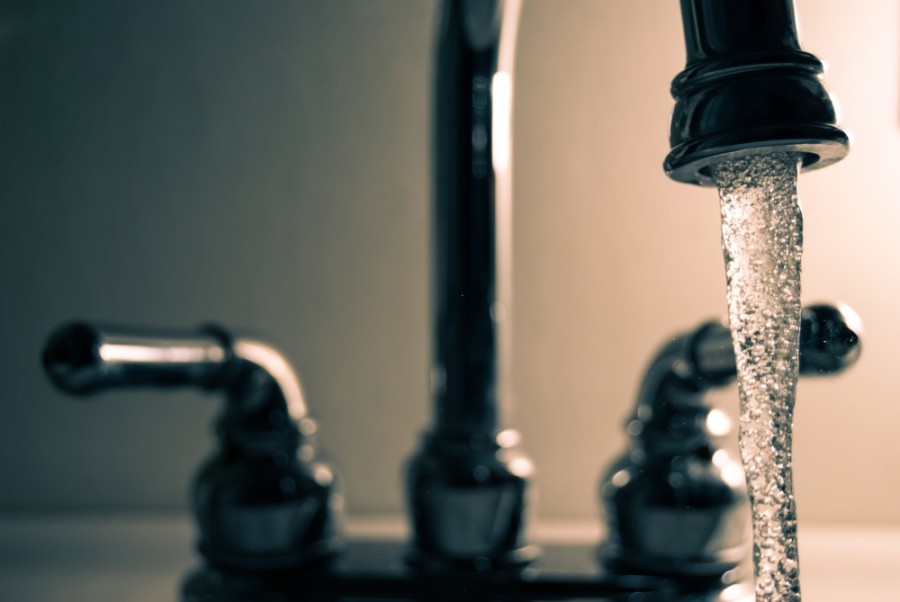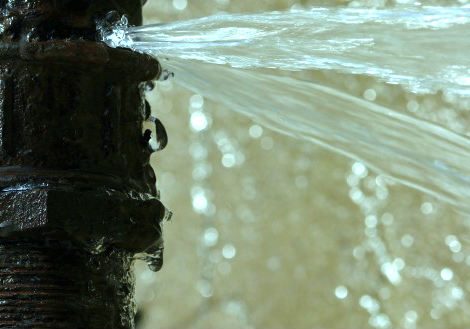Stop the Flood: Strategies for Identifying and Dealing With Ruptured Pipes
Stop the Flood: Strategies for Identifying and Dealing With Ruptured Pipes
Blog Article
Right here in the next paragraph you can locate additional decent points with regards to What to Know Before Installing a Dishwasher.

A ruptured pipe is a significant emergency; you can only stand as you view water you pay a lot to reunite with the earth. In even worse cases, you discover a swimming pool on your kitchen floor, which is a wonderful trip danger, specifically if you have children around. If the pipe that ruptured remained in your walls, problem: you might require to repaint that entire area.
How can a disaster like a ruptured pipeline be prevented as well as taken care of? Well, by listening to your professional emergency plumbings as well as adhering to these rules.
How do I understand when my pipelines have ruptured?
Fluctuating water pressures
Pipes do not simply burst in a day. You might have seen that your kitchen tap or shower doesn't run promptly when you transform the tap. It might stop for a couple of secs and then blast you with more pressure than normal.
In other circumstances, the water may seem normal initially, then drop in stress after a couple of secs.
Infected water
Many individuals think a ruptured pipeline is a one-way electrical outlet. Fairly the contrary. As water flows out of the hole or gash in your plumbing system, contaminants find their method.
Your water may be contaminated from the source, so if you can, inspect if your water storage tank has any type of issues. Nevertheless, if your alcohol consumption water is provided as well as purified by the city government, you ought to call your plumber right away if you see or smell anything funny in your water.
Puddles under pipes and sinks
When a pipe bursts, the discharge creates a pool. It might show up that the puddle is growing in size, and no matter how many times you wipe the pool, in a couple of mins, there's one more one waiting to be cleaned up. Frequently, you may not be able to map the pool to any type of visible pipes. This is a sign to call a professional plumber.
Damp wall surfaces as well as water spots
Before a pipeline ruptureds, it will certainly leak, most times. If this consistent leaking goes unnoticed, the leakage might graduate into a wide wound in your pipeline. One simple way to prevent this emergency is to keep an eye out for damp walls ad water discolorations. These water spots will lead you right to the leakage.
Untraceable leaking sounds
Pipeline bursts can happen in one of the most undesirable places, like within concrete, inside wall surfaces, or under sinks. When your house goes silent, you may have the ability to hear an annoyingly relentless leaking noise. Also after you have actually inspected your shower head and kitchen faucet, the dripping might proceed.
Dear viewers, the leaking may be originating from a pipe inside your wall surfaces. There isn't much you can do regarding that, except inform a professional plumber.
Show up the Warm
Set up followers to blow heat right into chilly spaces. Maintain the garage door shut. If you have minimized water flow, warmth the most vulnerable pipelines (usually in cellars and crawl spaces or near outside wall surfaces) with a hair clothes dryer. Leave the faucet on while you use heat. As you thaw ice, the flow will certainly enhance. To stop pipes from cold, protect your wall surfaces.
Begin Removing the Water
Get the wipe, buckets and also a shop vacuum cleaner to begin to do away with the water due to the fact that you definitely do not want it saturating right into everything else in your home. And also, a quick tidy up will certainly decrease the opportunities of something getting musty.
What do I do when I spot a burst pipeline?
Your water meter will continue to run also while your water wastes. To minimize your losses, discover the major controls as well as transform the supply off. The water pipe are an above-ground structure beside your residential or commercial property.
How to Fix & Detect a Leaking Pipe
How Do I Know if a Pipe is Leaking?
Leak detection tests can help you determine if your pipe has a leak. Even if you don’t see an apparent leak, you should still conduct leak detection tests regularly to save water and money—and prevent major damage to your home.
Water meter. It can be helpful to figure out what your usual water meter usage numbers are and then monitor them regularly. To monitor your meter, first, turn off all water faucets in your home. Check the meter and write down the numbers. In a few hours, check the meter again. If the numbers have changed, you have a leak. Water gauge. Use a water gauge to test your water pressure. Your showerhead should produce a certain amount of water pressure based on its model and design. If the pressure is lower than it is supposed to be for that specific showerhead, your home likely has a leak. Puddles. Look inside your bathroom, laundry, and kitchen sink cabinets. Puddles around the cabinets or around toilets, tubs, showers, and washing machines indicate the presence of a leaking pipe. You may also notice loose tiles, peeling or flaking paint, or mold caused by water accumulation. Napkin test. Even if you don’t see any puddles, you may still have a leak. You can test for water leaks in the bathroom, laundry, and kitchen by wiping below-sink connections with a napkin, paper towel, or piece of toilet paper. If it becomes damp, you probably have a leaking pipe under the sink. Discolored walls. Walls that are discolored—usually with brown or yellow stains—or bulging might mean that they have been impacted by water damage caused by a leaking pipe. Smell. A leaky pipe will create sitting water, and over time, that water may develop a musty smell. If your home smells musty, but you can’t locate the source, it may be due to a leak. Steps for Fixing a Leaking Pipe
A leaky drain can be remedied by tightening the pipe base, replacing the drain seal, caulking the rim, and tightening the pipe nut. Similarly, a leaking toilet pipe can be treated by tightening the packing nut. You may also need to replace the valve. A leaky faucet may just need tightening or replacement of the washers. If that doesn’t work, consider replacing your faucet. If your pipe has a hole in it, you may want to use a pipe leak sealer or pipe leak tape. This quick fix for water pipe leaks can also temporarily fix a copper pipe leak. https://www.ahs.com/home-matters/quick-tips/how-to-tell-if-pipes-are-leaking/

I'm very fascinated with What to Know Before Installing a Dishwasher and I hope you enjoyed the new page. Sharing is caring. One never knows, you might be helping someone out. I recognize the value of reading our article about What to Know Before Installing a Dishwasher.
Book A Service
Report this page